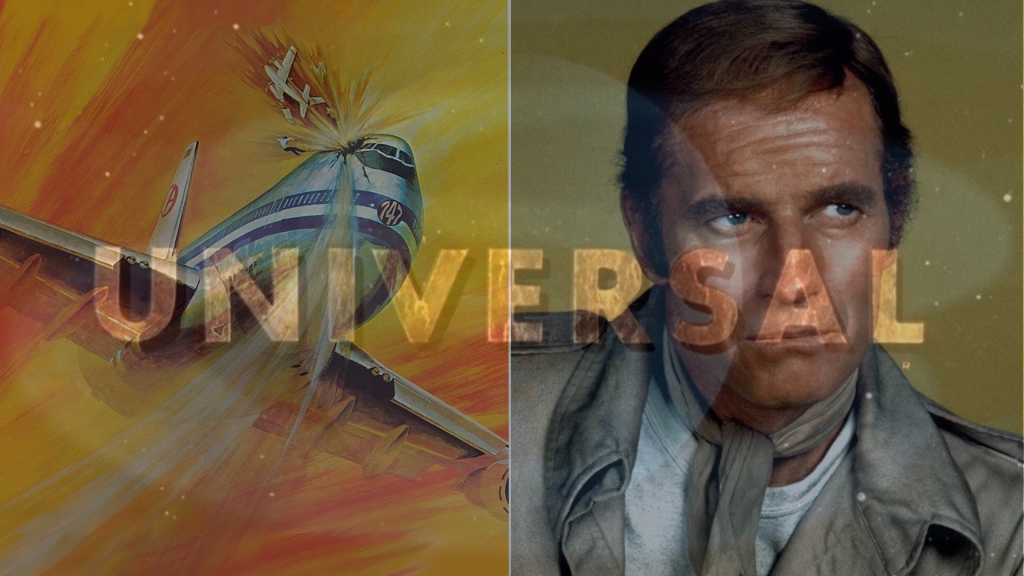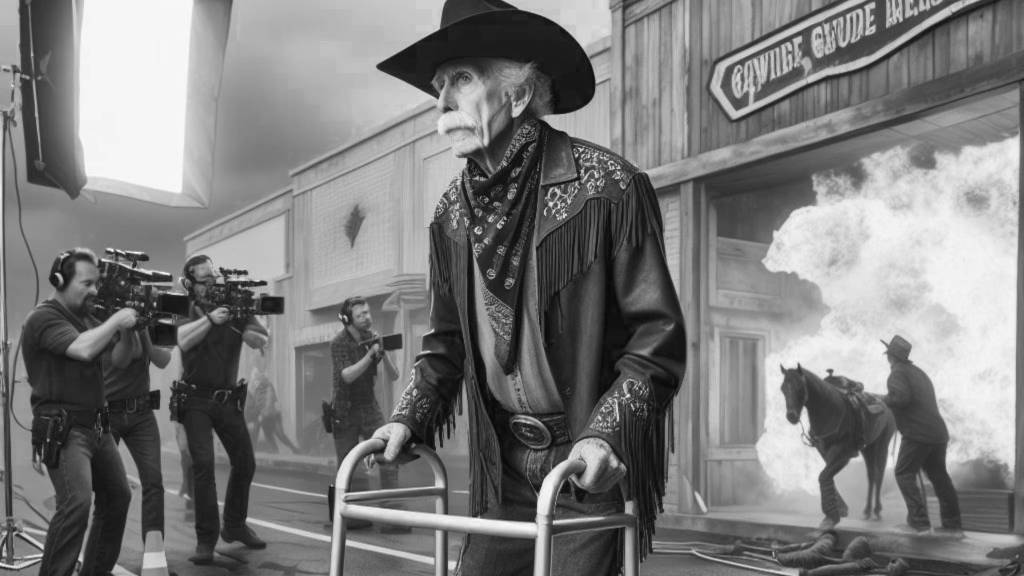

There are showers and there are growers. Ma Rainey’s Black Bottom is a grower. But even within those parameters, it is a bit unique because this film did not grow on me the way many others do – over a prolonged period of time. Instead. I woke up the very next day after watching it and realized I probably should see it again (I actually did revisit the final act) because it dawned on me that its greatness almost completely escaped me; I didn’t see the forest for the trees.
I suppose there’s a lot to be said about this film without even addressing its subject matter in any appreciable detail. After all, it will now stand as Chadwick Boseman’s final performance – and what a performance it is! In addition, it is hard for this film to escape comparisons with Fences, which also happened to have been adapted from August Wilson’s play, or One Night in Miami…, to which it is conceptually related. Similarly to both, Ma Rainey’s Black Bottom is a film that requires the viewer to do some legwork in order to inhabit the headspace of the story, as its narrative is heavily stylized and extremely dense. Therefore, it is not unimaginable that some viewers would likely see it as unfocused or smothered in theatrical artifice, both of which are reasonable angles of criticism.
However, there’s much more to this film than meets the eye and it might require the viewer to check their expectations at the door to allow them to fully appreciate what Ma Rainey’s Black Bottom is all about. Truth be told, this extremely verbose account of a recording session where a blues legend (Viola Davis) descends upon Chicago and numerous generational traumas percolate to the surface amid the sweltering summer heat, is anything but unfocused. It is a kaleidoscope of themes and ideas condensed to barely fit within the confines of a three-act narrative with very little fat on its narrative flesh, which – granted – may give an impression of oversaturation. Even though it is most often framed in the context of its two tour de force performances by Davis and Boseman (symmetrically to Fences, might I add), the film is much deeper, more compelling and thought-provoking than just a vehicle for two talented actors to flex their muscles.
In fact, everything about Ma Rainey’s Black Bottom is important. Every character is crucial. Every line matters. Every gesture has a meaning. Thus, it isn’t just a celebration of the roots of blues. It isn’t just a commentary on how the rich legacy of this art was sold off, pauperized and commoditized by studios and labels. It isn’t just a tip of the hat to one of the pioneers of this music. It isn’t solely an analytical deconstruction of the complex generational anger, vengeful disdain, tired capitulation to oppression either. Ma Rainey’s Black Bottom is all of that and more. It is truly a film I could watch three times and write three different five-star reviews, each time focusing on a different layer of conversation embedded within its scant narrative structure by August Wilson. Equally, I could spend hundreds of words praising Boseman and Davis, much like many other reviewers, and comment upon the most tragic circumstance of this film’s release, because it could have been the film to slingshot Boseman into the echelon of such great actors as Sidney Poitier and Denzel Washington.
Therefore, to spare you the pain of sifting through a wall of text, I shall simply refer you to the film itself, which is an absolute must-watch. Perhaps I will one day revisit it in a more focused article where I’d delve a bit deeper under the blanket of its artifice and try to wrap my head around the ingenuity of its writing that successfully undermines the age-old rule of ‘show, don’t tell’. Ma Rainey’s Black Bottom is all about telling and almost not at all about showing and yet – in contrast to its immediate contemporary, One Night in Miami – it fires on all cylinders and drags the viewer feet first into that sweaty, smoke-filled room where great music was played, immense personalities clashed, and grave sins were committed, if only to bring our attention to the simple fact that centuries of oppression cannot be undone overnight and that perhaps the racial dynamics in America cannot be boiled down to a simple story without sacrificing nuance. And an astute viewer will quickly realize that just like Ma Rainey herself, this story is not keen to compromise on anything, especially quality.




Leave a comment